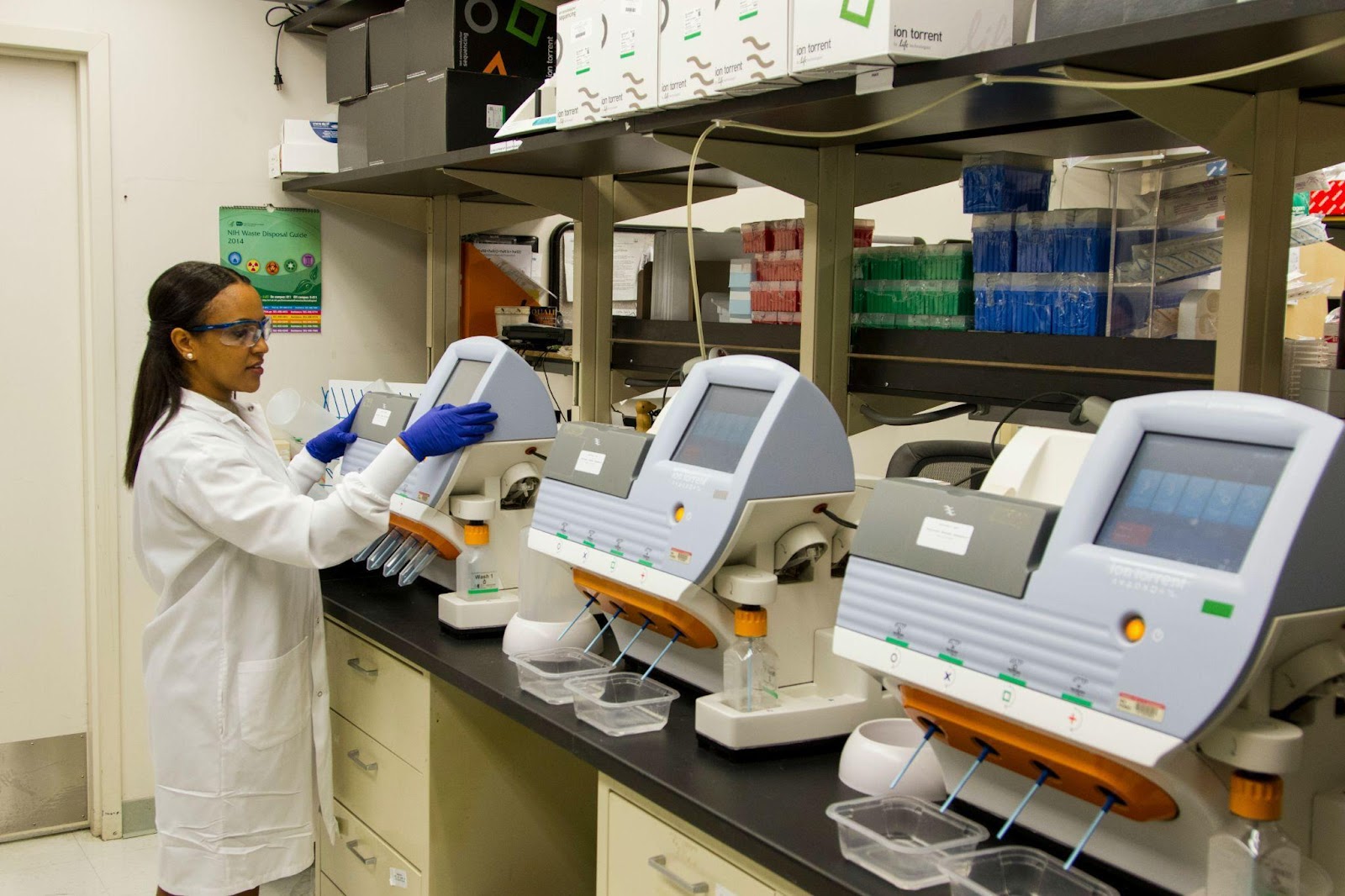[U.S. Canada Trade]
Greenwood: “Expanding this trade is critical in helping both nations weather the unprecedented economic strain caused by COVID-19.”
Photo: YouTube
Writer says expansion of trade between America and Canada could help ease the economic strain of COVID-19.
The U.S.-Canada border will remain closed for non-essential travel until at least September 21.
President Trump and Prime Minister Trudeau mutually agreed to seal the world’s longest non-militarized border back in March to slow the spread of COVID-19.
But while cross-border road trips and shopping excursions have come to a halt, commerce has continued as usual. That’s a good thing — Canada is one of our most important trading partners.
Now more than ever, we must strengthen this relationship and eliminate the existing regulatory barriers that keep American businesses from fully accessing Canada’s market and vice versa. Expanding this trade is critical in helping both nations weather the unprecedented economic strain caused by COVID-19.
In 2018 alone, the US and Canada exchanged more than $718 billion in goods and services. Canadians import more goods from the United States than from anywhere else in the world. Americans rely on our northern neighbors for essential goods like fuel and food products.
This already-strong trade relationship was reinforced by the United States-Mexico-Canada Agreement (USMCA), which went into effect earlier this summer. The agreement includes provisions aimed at improving agriculture, e-commerce, and small-business trade.
But several significant barriers remain.
For instance, the USMCA was intended to expand American farmers’ access to the Canadian dairy market. Yet just as the trade deal went into effect, Canada increased restrictions that limit U.S. cheese and butter imports. The American dairy industry is concerned that Canada may also limit access to Canada’s skim milk market.
Or consider the Patented Medicine Prices Review Board (PMPRB), a government body that regulates maximum drug prices in Canada, regardless of whether the government pays for them. PMPRB does not rely on competitive markets or a medicine’s actual value when making its decisions, but rather relies on the prices in other countries that themselves often fail to recognize the value of innovation. This so-called reference pricing devalues innovative medicines, including those that come from the United States.
USMCA did not seek to address chronic devaluation of U.S. medicines in Canada, and now the PMPRB is poised to adopt new sweeping regulations in January 2021 which will exacerbate the problem.
One of the new rules would eliminate the US from the group of seven comparator countries PMPRB uses to set drug prices. Removing the United States — one of the only nations that relies on market-forces to incentivize innovation and access — from this group of comparator countries will have the unintended effect of devaluing U.S. innovation.
It takes $2.6 billion on average to bring just one new drug to market. What innovative manufacturer will launch its product in a market the size of Canada knowing that there is little hope for return on its investment?
This is not just speculation. The evidence shows that Canadian patients are already paying the price of PMPRB’s new proposal. At least seven drug launches have been delayed in Canada since August 2019.
The U.S.-Canada trading relationship is the envy of the world. But it’s not perfect. It is imperative that our North American neighborhood works in cooperation so that we emerge from the current pandemic poised to build the economy of the future.
Maryscott Greenwood is the CEO of the Canadian American Business Council.














